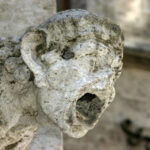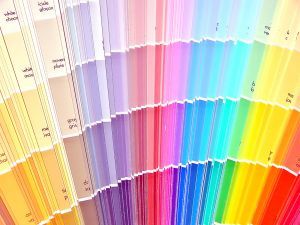It seems as though all new cars, as well as clean cars have targets painted all over them. In time, the dings, scratches, and acid rain that attack your vehicle’s finish will lead to corrosion, sun bleaching, or paint chips. Fortunately, there are a few very simple methods for removing these worrisome problems from your vehicle’s paint.
First, be aware that the old adage “An apple a day keeps the doctor away” has never been truer than with automotive paint. Regular washing and waxing will prevent most minor surface imperfections such as bird droppings staining your paint. (Be certain to wash them away quickly!)
Washing your car properly is the most important step. Use a clean sponge and high-quality soap, and remember to rinse the car immediately and dry off manually. Never let the sun dry off your car. In fixing small scratches or scuffs such as animal claw marks, paint from minor fender-benders, or light acid rain, first be certain that all the wax in the repair area is removed using a good commercial solvent which can be found at any auto parts store. Do not use oil-based chemicals such as gasoline or kerosene as these will leave a chemical residue on the finish which will not allow wax to properly adhere to the surface after the repair is performed.
Next, try using a coarse-grit rubbing compound on a buffing pad. If the scratch isn’t under the clear coat, this should remove most minor imperfections. For deeper scratches, use automotive-grade 800-3000 grit wet/dry sandpaper after cleaning the buffing residue off the damaged panel. If you start at 800, work your way gradually to 3000, being certain that the sandpaper stays wet throughout the process. If the paper dries out, the grit will clog up, and the sandpaper will be useless. Once you have the scratch sanded smooth, buff the repair area with an orbital buffer with progressively finer automotive polishing compound until all the haze is gone. Wipe it down with a clean, soft cloth, and repeat buffing if necessary. When you’re done with the buffing, use a swirl remover paste, and then, a paint cleaner. Wipe these off completely, and then wax the car completely, and then enjoy the fruits of your hard work. With a little elbow grease, you can save yourself some money from bodyshop repairs, and always have your car looking great, even after a hundred thousand miles.




